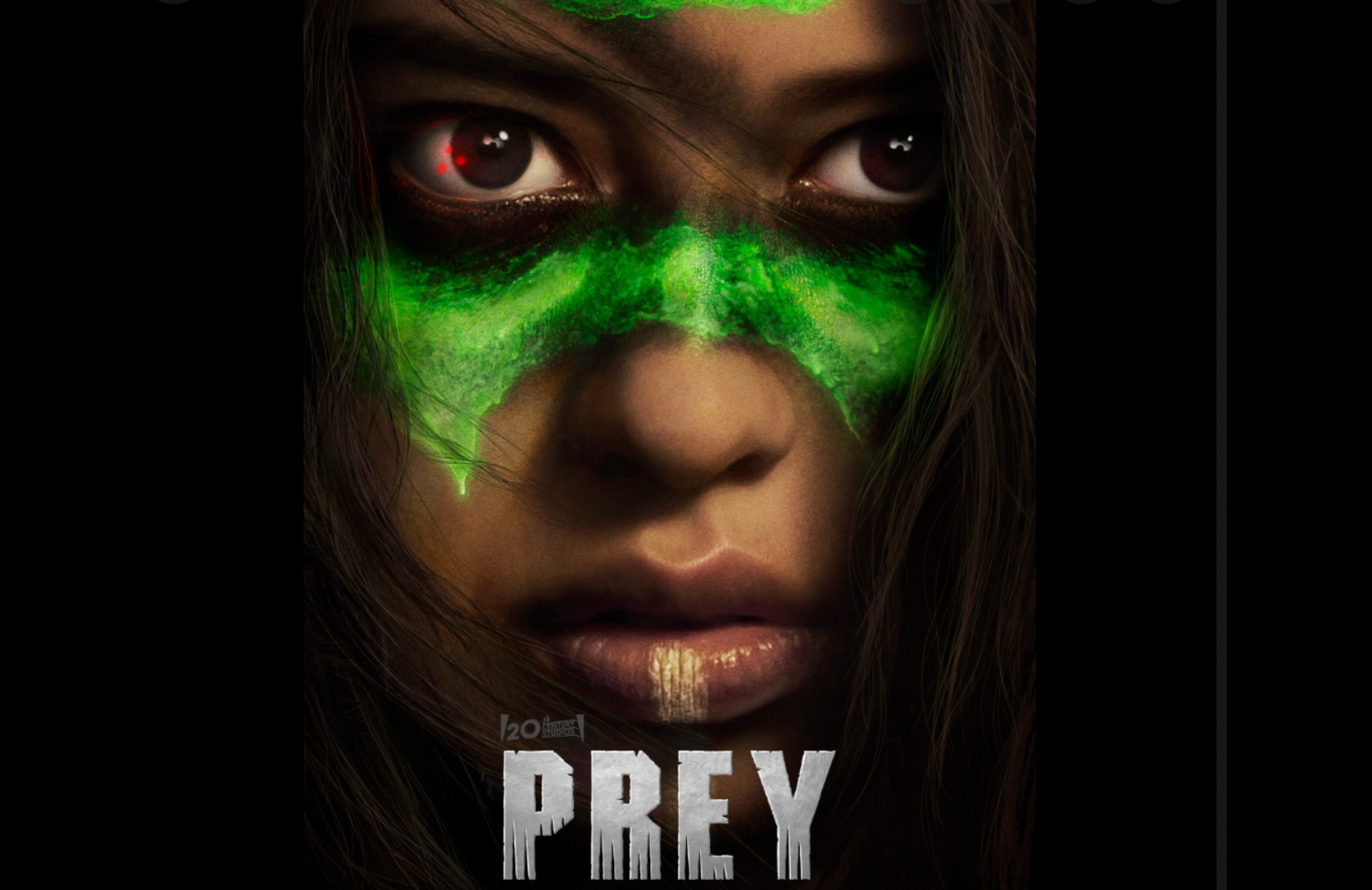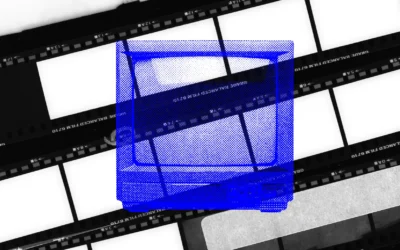Warning: this review contains mild spoilers for Prey based only on trailers and promotional materials, as well as spoilers
for previous Predator films.
I’ll be honest, I’ve never been a fan of the Predator franchise. With other iconic ‘80s monster films such as The Thing, Aliens, and Terminator, I never saw Predator as deserving of its nostalgia.
I always felt the Predator franchise to be an overly macho amalgamation of ideas that never quite came together. For example, In the 1987 original film, Arnold Schwarzenegger’s astute masculinity and manly wit (cue the iconic bicep handshake) are the only weapons that defeat the Predator. Additionally, Predator 2 incoherently meshes the story beats of Lethal Weapon (Predator 2 even casts Danny Glover in the leading role) and Jason Takes Manhattan to produce a sci-fi crime drama that is a complete mess. With 2010’s Predators and Predator alumni Shane Black’s 2018 follow-up, The Predator, the franchise remains active despite its poor reception and conventionality.
With four films under its belt, 2022’s prequel film Prey hopes to reinvigorate the franchise by taking the Predator back to its roots. Taking place in 1719 at the heart of the Comanche Nation, Prey follows Indigenous warrior Naru (Amber Midthunder) as she tries to protect her tribe from one of the first Predators to land on earth. However, despite the conventionality of past Predator films, Prey successfully breathes much-needed new life into the franchise and delivers one of this year’s best films.
From a social commentary standpoint, Prey does everything right. According to a CBC article by Terri Trembath, 95 per cent of the cast is Indigenous (including prominent Canadians like Michelle Trush and Stefany Mathias), was shot on Treaty 7 (Stoney Nakoda Nation outside Calgary) in Alberta, and can be viewed entirely in Comanche language.
Though the film makes all the right moves socially, the parallel between the Predator and the film’s Indigenous backdrop provides an original take on the Predator that feels natural for the franchise. By bringing the film back to its historical roots, Prey is able to offer the much-needed storytelling and world-building that previous films glossed over — specifically with the design of the Predator. For example, the Predator’s design always felt like an incoherent meshing of different sci-fi objects and tools present in other films that ultimately do it better. Unlike Alien’s perfectly designed slick Xenomorph or The Terminator’s human-like T-800, the Predator’s design always felt random with its heat-seeking vision, shoulder cannons, claws, and primal desire for combat.
However, director Dan Trachtenberg (10 Cloverfield Lane) and writer Patrick Aison (Jack Ryan, Treadstone) do a formidable job explaining these previous oversights. For example, Prey exchanges the Predator’s chrome face mask for something more primal and bone-like. Additionally, its shoulder cannon shoots deadly arrows rather than lasers, as seen by previous Predators. Even the Predator’s hunting abilities are given much-needed context as the film shows the Predator hunting and defeating numerous alpha predators to perfect its own hunting techniques— giving more nuance and characterization to the Predator in the process. Due to these storytelling techniques, Prey’s world feels much more lived in, thought out, and interesting than previous entries (though there are still some subtle Easter eggs for fans to enjoy). Therefore, by the time the film ends, the Predator’s natural evolution from this film to others in the franchise makes more sense considering the film’s narrative focus.
Moreover, the strongest element of Prey is Midthunder’s Naru. Like Alien’s Ellen Ripley (Sigourney Weaver) or The Terminator’s Sarah Connor (Linda Hamilton), Naru’s journey from overshadowed warrior to ultimate badass is as inspiring, cliché-breaking, and iconic as her previous counterparts.
Prey does an excellent job fleshing out Naru and her motivations as she overcomes the societal expectations and roles placed on her by members of her tribe and enemy invaders. Whether through interaction with her brother Taabe (Dakota Beavers), or the natural world around her, Naru’s journey is emotional and earned as it runs parallel to the Predator’s own journey. Additionally, Midthunder’s performance is exceptional, providing nuance and complexity to a character that is sophisticated, cunning, intelligent, and a worthy foe to her enemies. I appreciate that Prey uses the Predator as a narrative element to bring wholeness to Naru rather than be the forgettable boogeyman as highlighted in previous films. Therefore, when these two foes finally match up, their showdown is incredibly satisfying and provides a fitting end to both warriors’ journeys.
Like Top Gun: Maverick or even Mad Max: Fury Road, Prey provides a fresh and original take on a rather conventional ‘80s franchise. From its strong performances to its well-established world-building, Prey stands tall as a worthy successor that easily topples past films in the series and provides one of the best movies of the year.
Prey is available to stream on Disney+.
⭐️⭐️⭐️⭐️⭐️





0 Comments